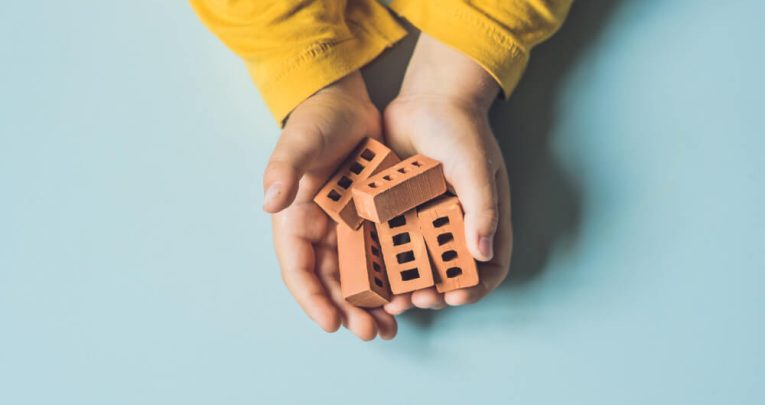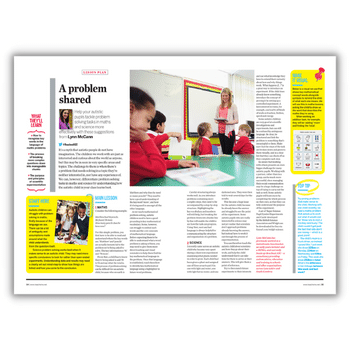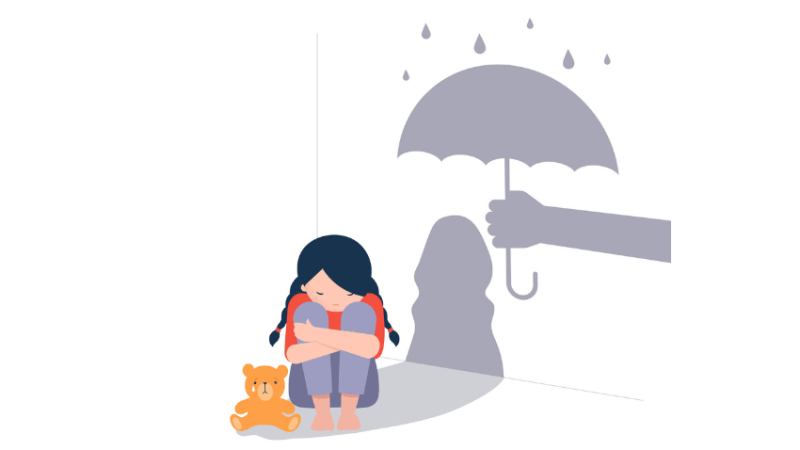Back to school 2020 – How to support SEN children

How can we support disengaged pupils with SEND in September? They must feel safe and welcome, says Sara Alston…

- by Sara Alston

I had hundreds of conversations with the parents of children with SEND over lockdown. The majority were doing fine and engaging in learning. Some were even thriving. Suddenly, in mid-June the story changed – they hit the wall.
Neither children nor parents wanted to do any more learning. Some children just wanted to play football or computer games; others wanted to slump on the sofa under a blanket despite the high temperatures. Some were having major meltdowns.
My reassurances about focusing on what you can, making it enjoyable and that ‘children will remember how they felt, not what they did’ were falling on deaf ears, and rightly so. This was something more.
Summer slump
So, what had happened and how do we re-engage these children in learning and school? One thing I had forgotten is this is how we often feel in school in late June and early July. The end of term cannot come soon enough.
Part of the problem was the ‘summer slump’, but without the relief of sports days, end-of-term shows or classroom moves to provide variety. Children and parents, like us, were tired. They were mirroring what would have been happening on-site.
Further, either consciously or unconsciously, the children were aware that they were missing the end-of-year rituals and were communicating their disappointment by disengaging from schoolwork.
Moreover, they had begun to worry about next year. All the normal transition worries about classroom and school moves, new teachers, classmates and routines are compounded by these questions: ‘Will I ever be back at school?’; ‘When I am, what will it be like?’.
The government seems determined that all children will be back ‘as normal’ in September, although it will not be normal. This is a source of anxiety for us all.
School leaders feel perpetually at the mercy of government’s updates. Classroom staff feel powerless and vulnerable as they wait for school leaders to interpret the guidance to fit the school’s needs and ethos.
Parents and children need to wait for communication from the school. They are constrained by the quality of the information from their school which is confused by parental engagement, media reports and gossip on WhatsApp.
The children at the bottom of this communication tree are completely reliant on what information others feed to them. The adults will not always know or understand what their children need to know, and the children are rarely willing or able to ask. They may not even know what is worrying them.
We, as school staff, need to make sure that parents and children are given as much information as possible and that it is in an easily-accessible form.
This is hard and is adding to our already over-stretched communication systems. But without secure knowledge of what is next, it is not surprising if children are opting out now.
Feeling rejected
There is a further issue for many SEN children that other children are back in school, but they are not. Those with EHCPs are identified as vulnerable pupils and were encouraged to be in school, but those at SEN Support (K code) were not.
The closing of school doors on many children ruptured the trusting school relationships they needed for learning. School can be a place of safety for many children, but to them it feels as if we are rejecting them.
I was speaking to a parent of a family who live next door to the school. As more children have returned to school, her children have disengaged more and more from schoolwork.
They hide in their bedrooms with the windows shut during the school day. They feel rejected and it is very hard for their mum to explain why they can’t return to the building when they can see and hear other children from their year groups in school.
Given all this, what can we do to support children to re-engage with learning as they return to school?
In part, it is about offering quality-first teaching combined with clear and focused SEN support; the security and routine of school and a range of tasks which excite and motivate the children.
At the same time, we need to value and make opportunities to celebrate the learning that children have done while they were not on site, remembering that not all this learning will be pen and paper-led or in response to tasks set by the school.
Rebuilding connections
Even more, we need to build and re-build our connections and relationships with children and their families. We are going to need to develop new ways to do this.
Schools have already held small group tours, email exchanges and online meetings for children to meet their new teachers.
If we want pupils to learn, they need to feel safe and have a sense of belonging. This has gone for many children, which is why they are hitting a learning wall.
One of the few clear messages in the government’s constantly changing guidance was the word ‘welcome’.
We need to ensure that children know that they are welcome; that we have missed them. We must give them time to rebuild the lost relationships with us and their friends.
Few children will have the language to identify or explain that they have lost their connection with school, but they can communicate it. The communication will look different for different children. For many, it is a disengagement from learning.
We need to let children know we are trying to understand and respond to their communication. We need to make them feel secure. If they don’t feel safe, they can’t learn.
We need to resist the pressure to ‘catch up’ and allow all our children, including those with SEND, time to rebuild relationships and recognise this will not happen overnight.
If we don’t allow the time for rebuilding these relationships, they will again hit the wall and learning will stall.
Sara Alston is an independent consultant and trainer with SEA Inclusion and Safeguarding and a practising SENCo. Find her on Twitter at @seainclusion. Browse our back to school activities.










